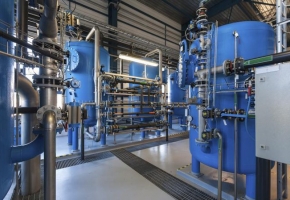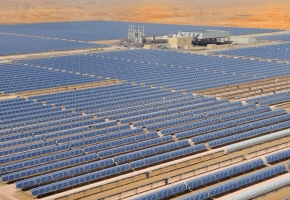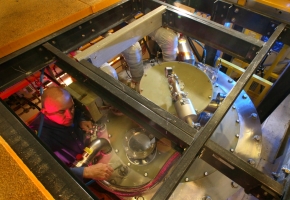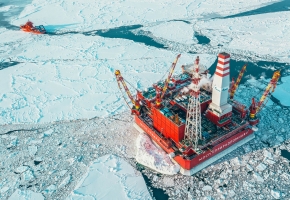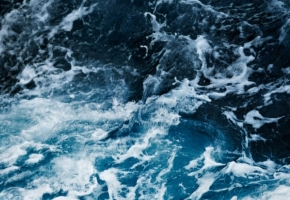Melting Arctic permafrost could release Cold War radioactive waste and new virus strains

The rapid thaw of Arctic permafrost could release radioactive waste from Cold War nuclear submarines, antibiotic-resistant bacteria, and new viruses, a report has found.
Between 1955 and 1990, the Soviet Union conducted 130 nuclear weapons tests on the Novaya Zemlya archipelago off the coast of northwest Russia. The tests released around 265 megatons of nuclear energy and more than 100 decommissioned nuclear submarines were scuttled in the nearby Kara and Barents seas.
Meanwhile, deep permafrost of more than three metres is one of the few environments on Earth that has not been exposed to modern antibiotics. More than 100 diverse microorganisms in Siberian deep permafrost have been found to be antibiotic-resistant, and as permafrost thaws, there is potential for these bacteria to mix with meltwater and create new antibiotic-resistant strains of existing viruses.
Permafrost, or permanently frozen land, covers around nine million square miles. The majority of Arctic permafrost dates up to around one million years ago.
In addition to microbes, it has housed a diverse range of chemical compounds over millennia whether through natural processes, accidents, or deliberate storage. However, up to two-thirds of the Arctic’s near-surface permafrost could be lost by 2100 due to climate change, the report states.
Source: Independent
Photo: AFP via Getty Images
